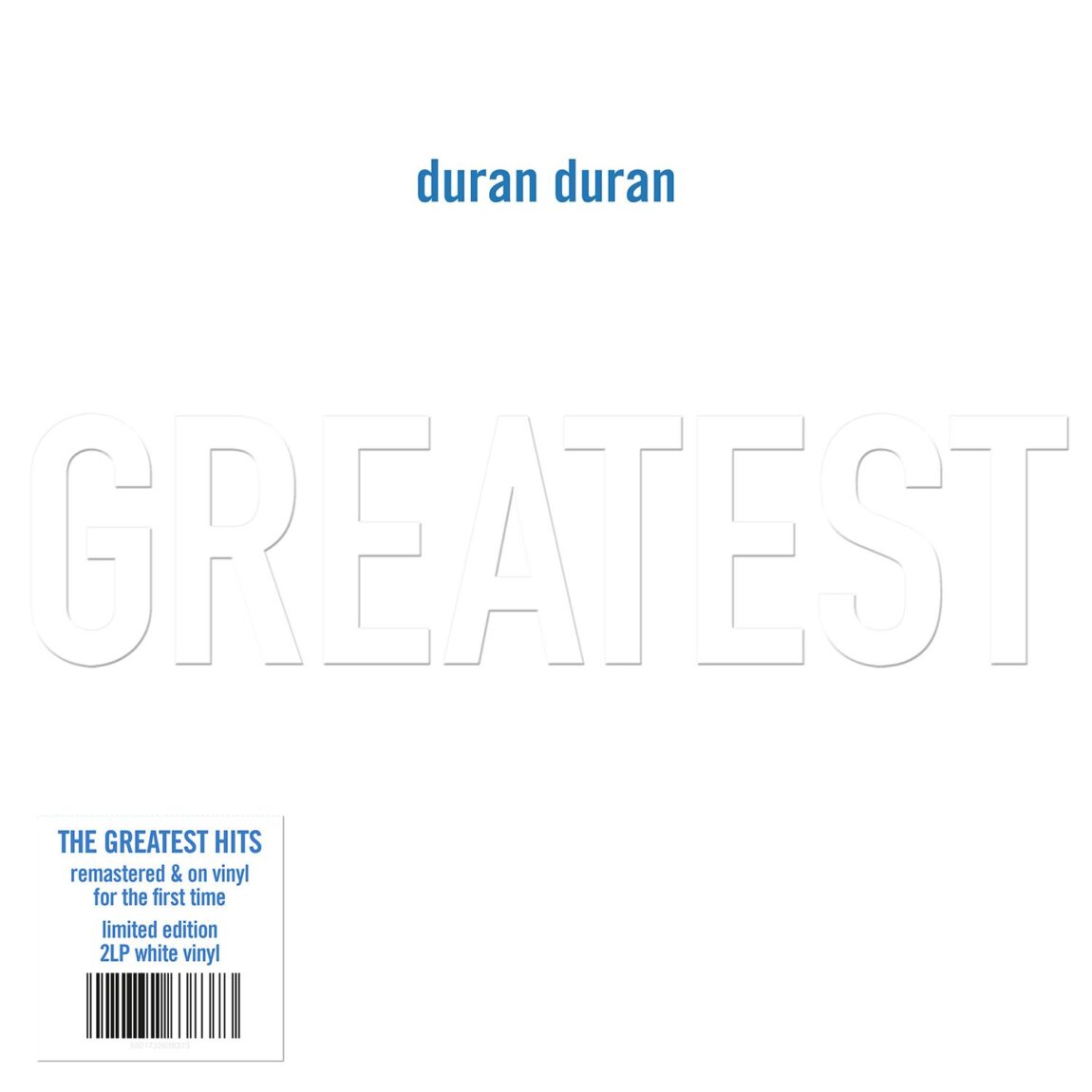DURAN DURAN EMERGED FROM England 30 years ago with a sound that uniquely melded dance, rock and New Wave. In the time since, the group has sought to continually reinvent itself—but when producer Mark Ronson suggested to the members that they return to some of the sonic trademarks that defined classic albums like 1982’s Rio, they were willing to try. The result is All You Need Is Now, which debuted online late last year and is set for release in an expanded physical edition in the coming weeks. We spoke with keyboardist Nick Rhodes during a recent visit to New York City.
What were your aims for the album?
We wanted to make something that was more of a statement. We’ve always slaved over our records until we felt very confident that we’d gotten rid of anything that could be construed as filler, but with this we went a step further. We said, “Look, let’s make every track a gem. Otherwise it shouldn’t be on the record.” We really worked the songs—some had four lyric rewrites, because we knew there was something better in there. That can be quite a painful process at times, when people have spent weeks doing something and you just throw it away.
How was working with Mark Ronson?
He was able to coax something out of the band that other producers haven’t done in a long time. We were having fun. Looking back to our earlier material and allowing that to inspire and influence us again after three decades was an interesting route to take. It felt very fresh because we hadn’t been in that musical area for so long.
How about the songwriting process?
This album was more like the first few albums—we all got into a room and just jammed away together until we found something we liked. Then we quietly and studiously worked on the arrangements, the keys of the songs and how to develop the melodies and the lyrics.
Which keyboards are on the record?
They were almost exclusively analog. A lot of the ones I used on the early records— Prophet 5, Roland Jupiter-8, Memorymoog. I used the Moog Voyager quite a lot, particularly for percussive things. There was also the Elka Synthex, and the Crumar string synth, which featured very heavily on our first three albums. Mark was very insistent that he wanted to use analog gear.
All these fantastic digital plug-ins that are available, I can tell you that none of them are the same as the gadget they’re trying to emulate. We recorded the drums and bass onto 24-track analog tape, because we wanted that sound—the compression you only get from tape.
Why the staggered physical release?
It felt a little more modern, a bit more maverick. We’ve always liked to do things differently in Duran Duran. We’ve never been afraid of moving forward and looking at technology. We were the first band to sell a download in the history of the internet, a song called “Electric Barbarella” [1997]. So it felt right. This is the way the world is moving.
Is the album format dead?
Obviously things are migrating more and more toward digital every day, and people like to consume a track here and three tracks there. That said, I still believe firmly that if somebody puts out a work that has been carefully considered, written and arranged as a whole album, there are plenty of people out there who would love to have that experience.
–Chris Neal
